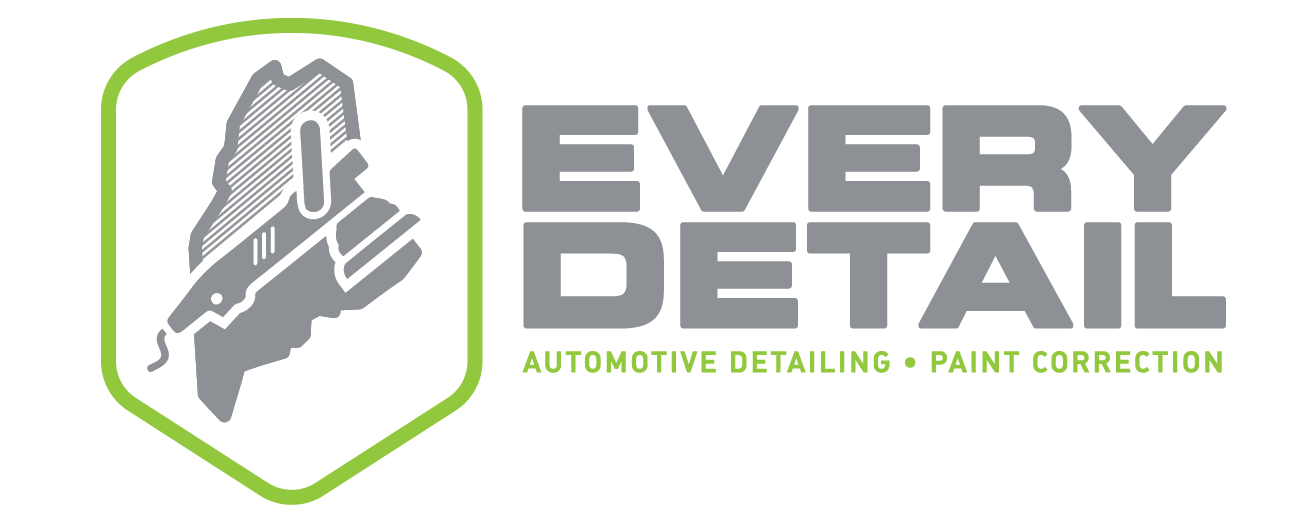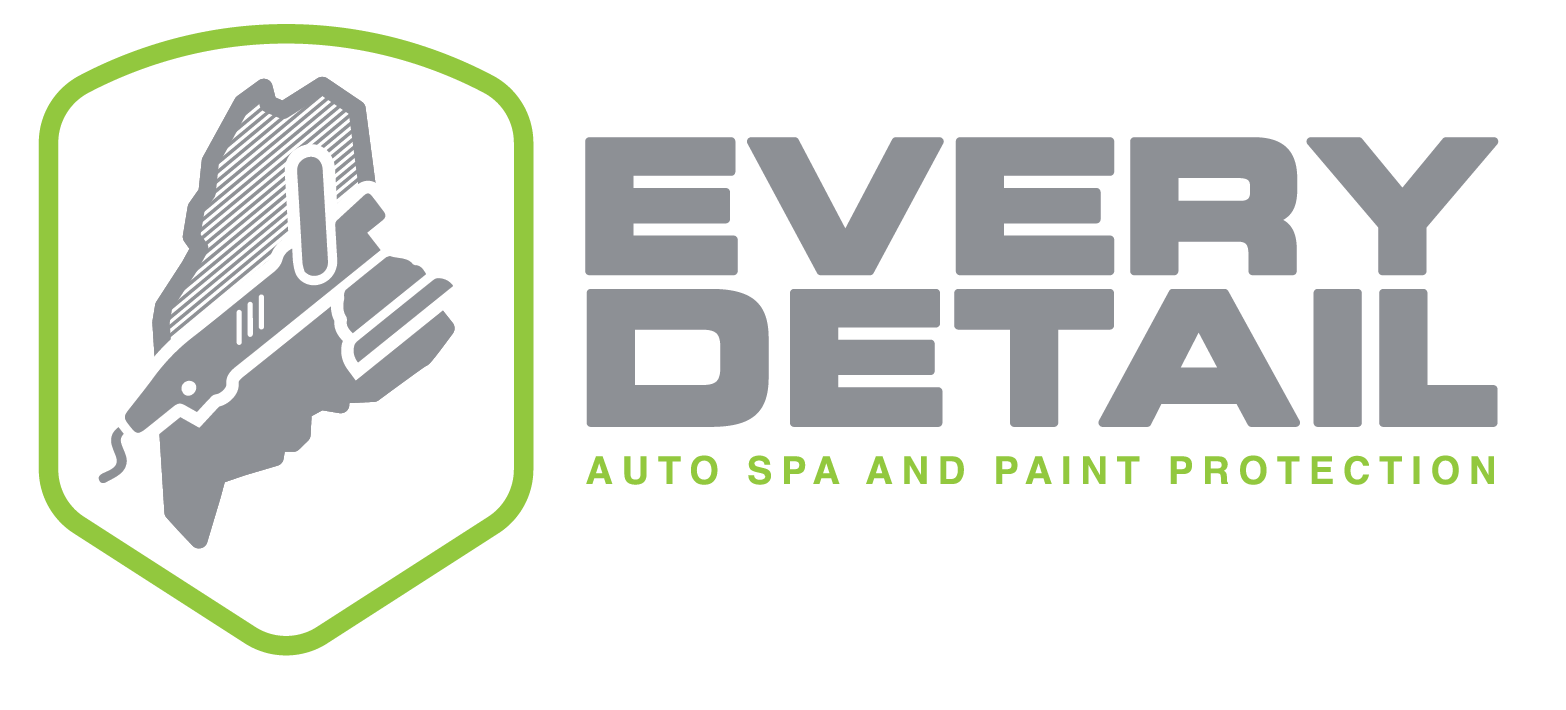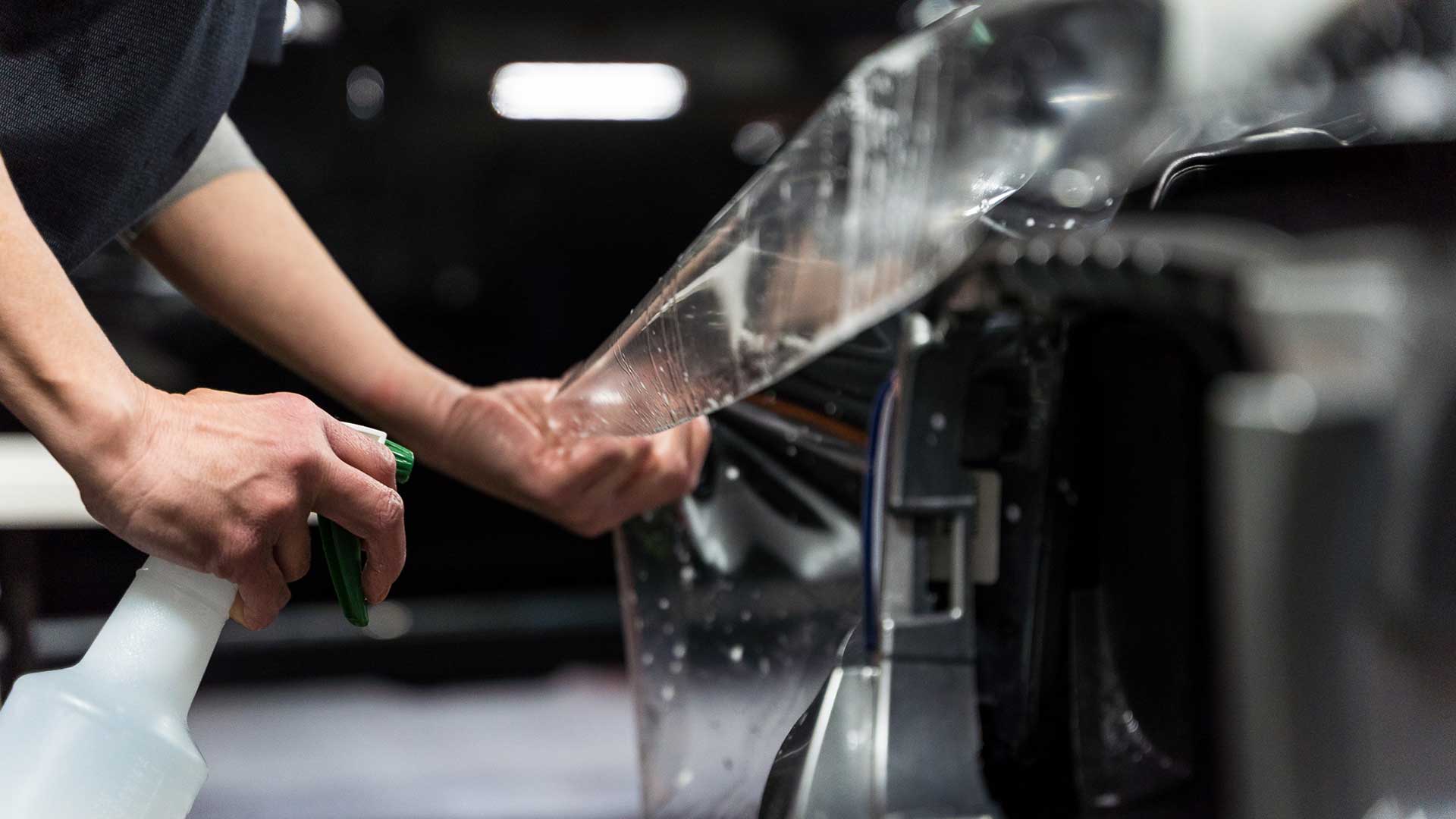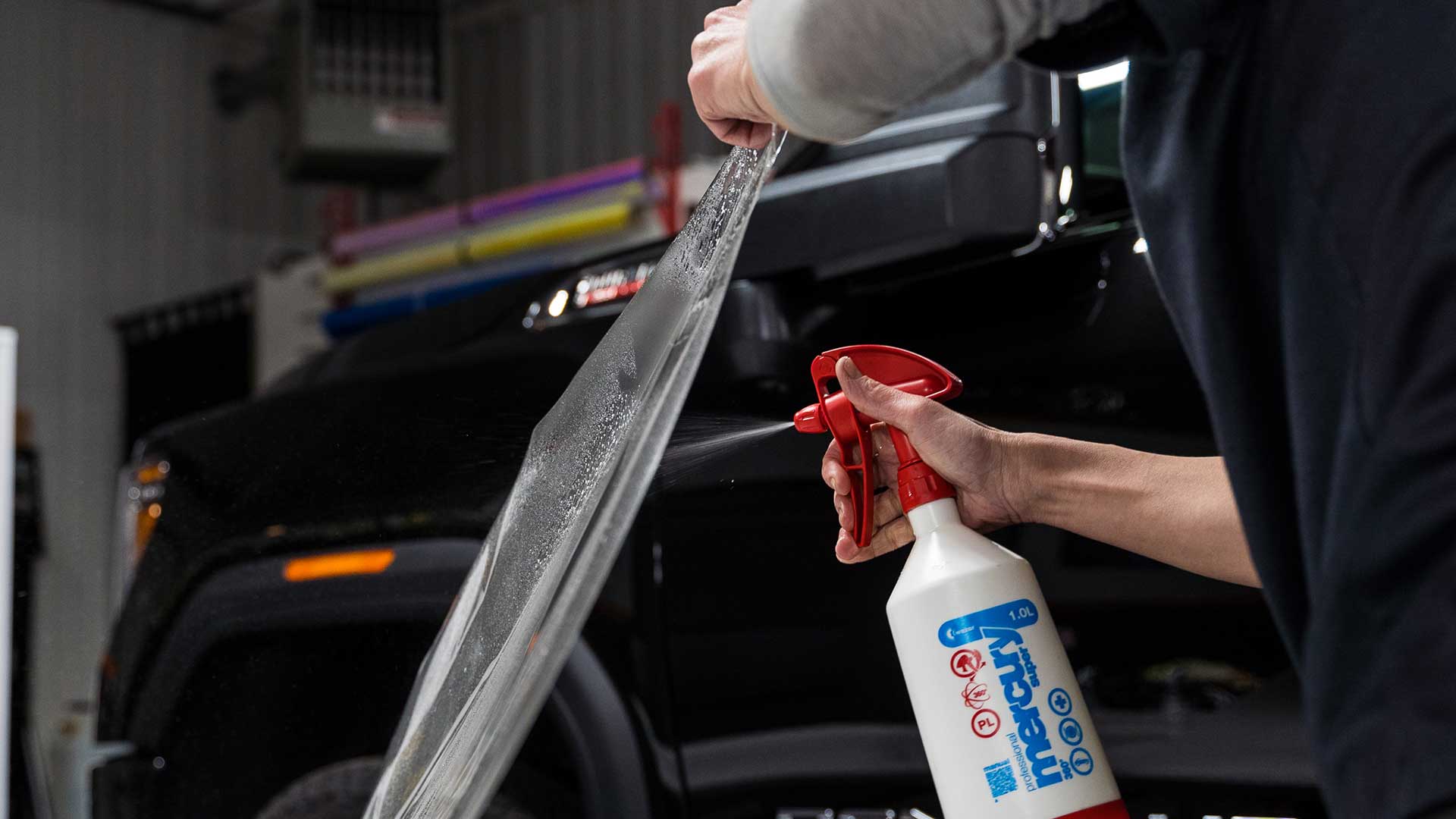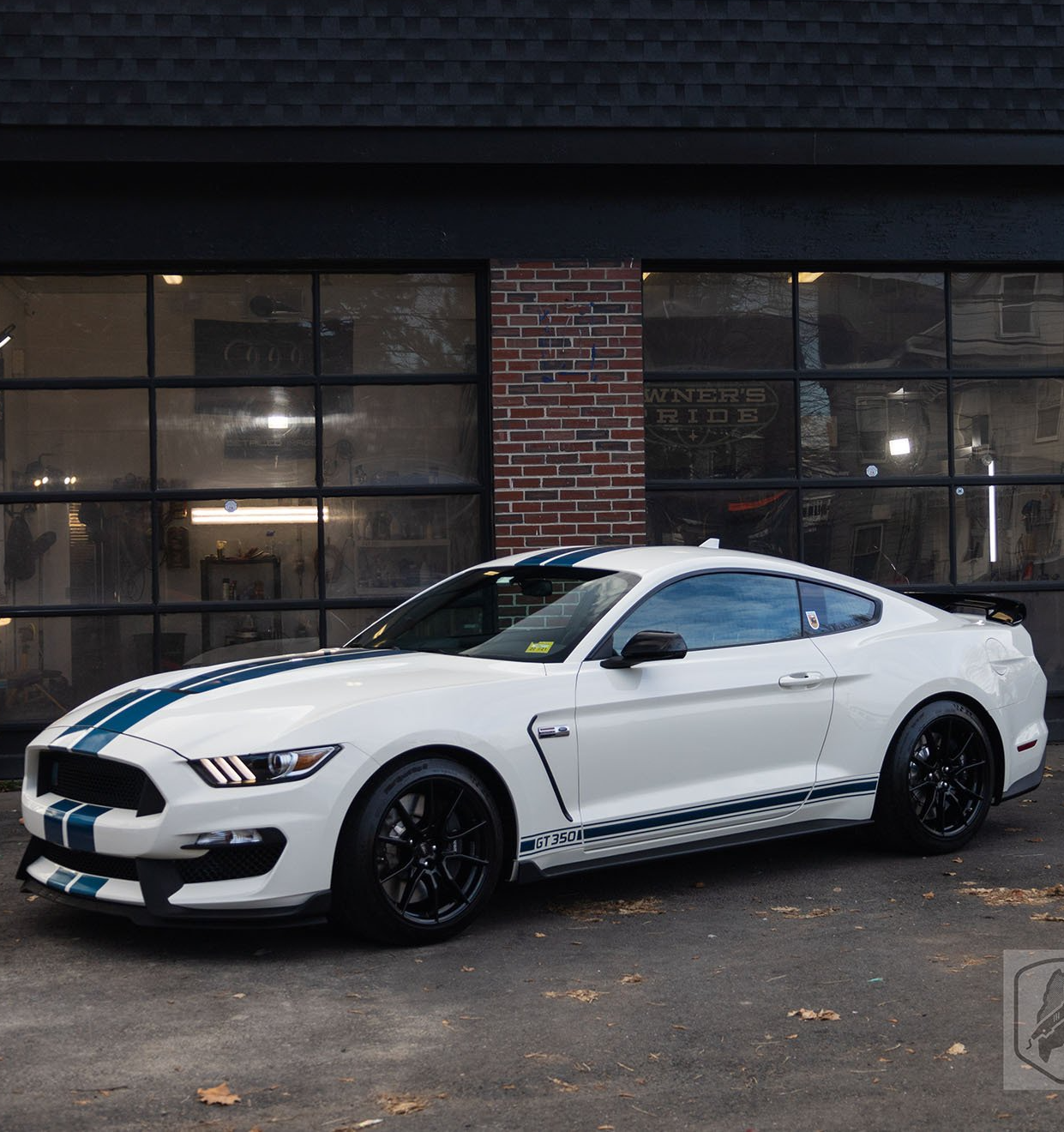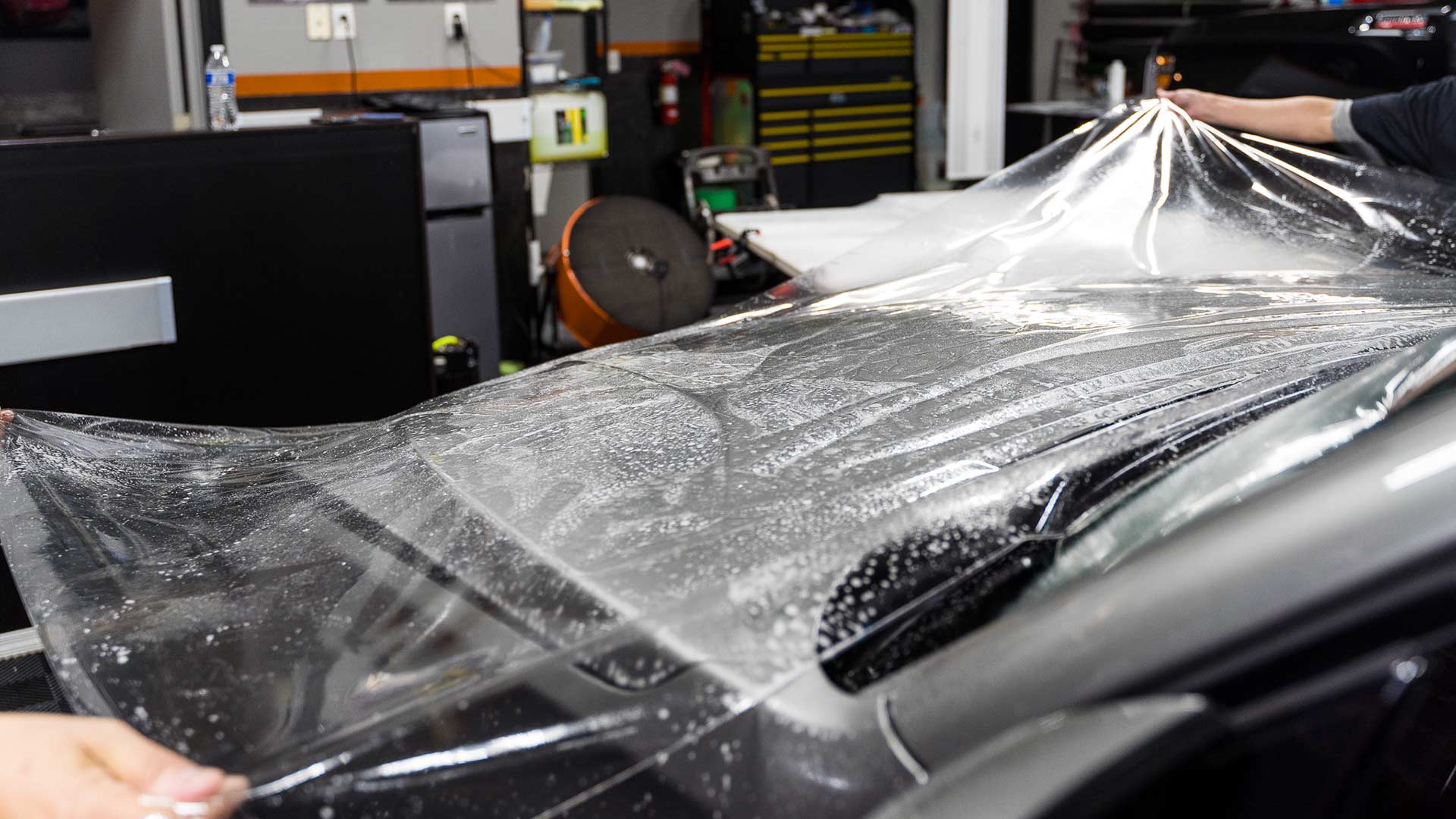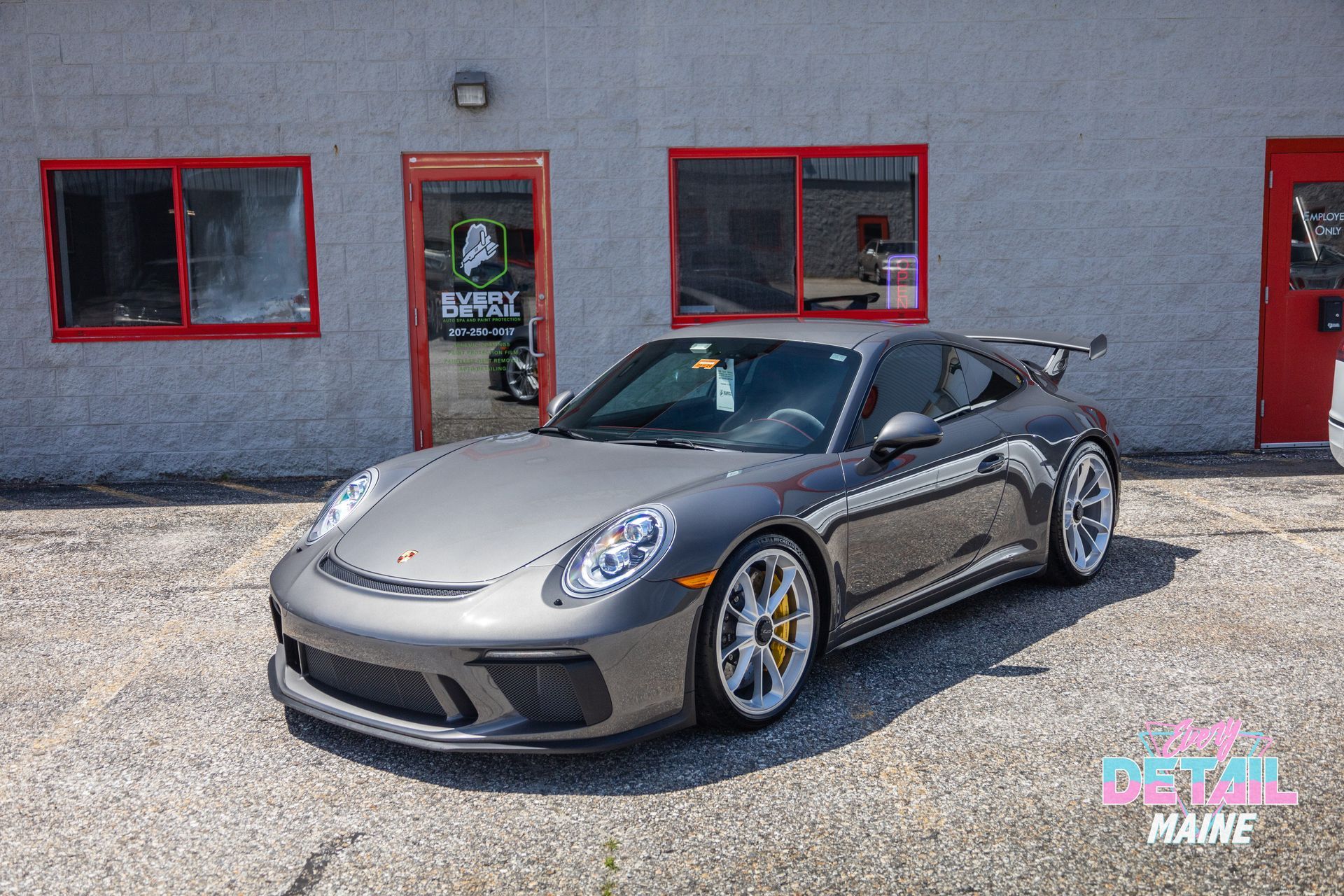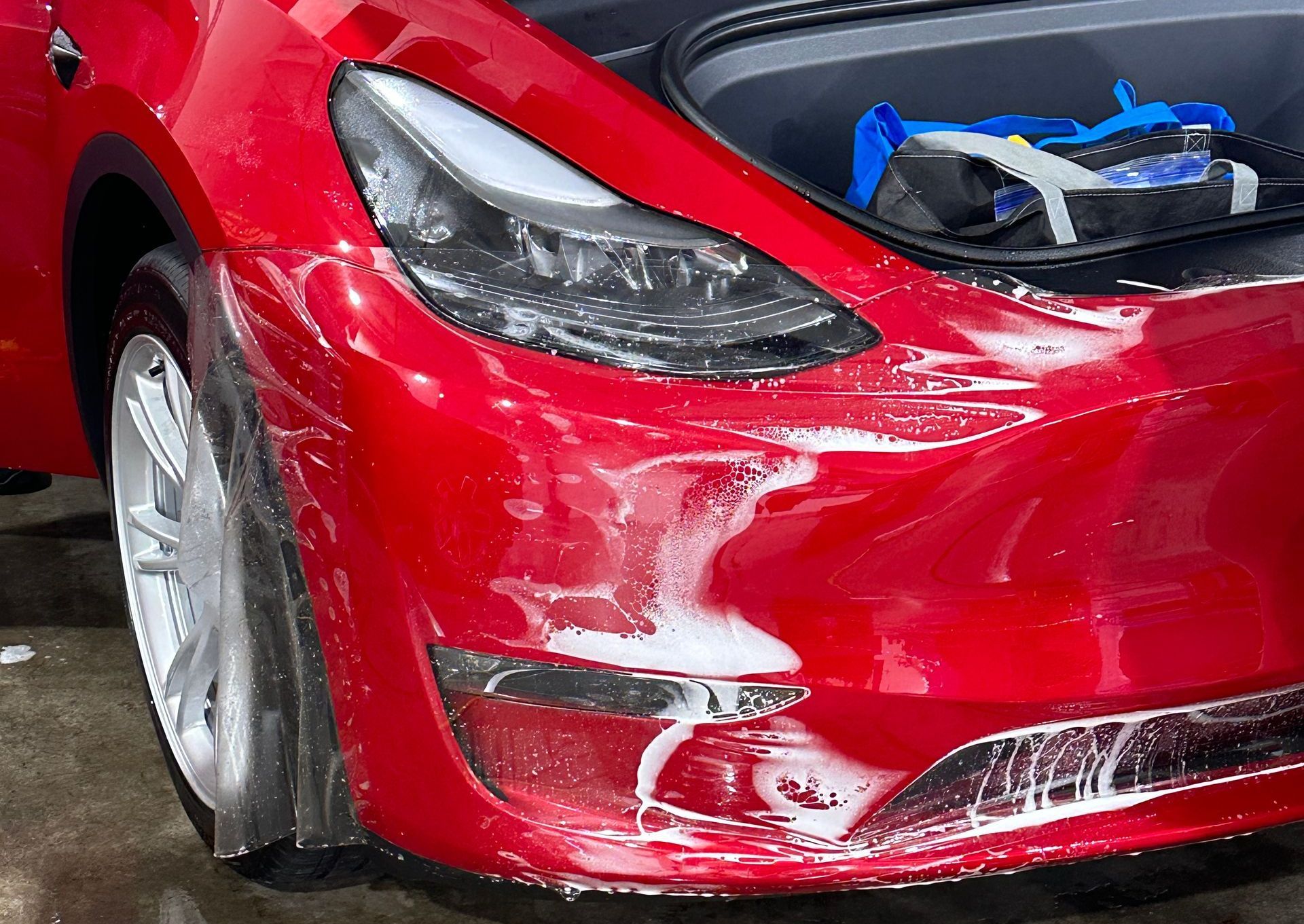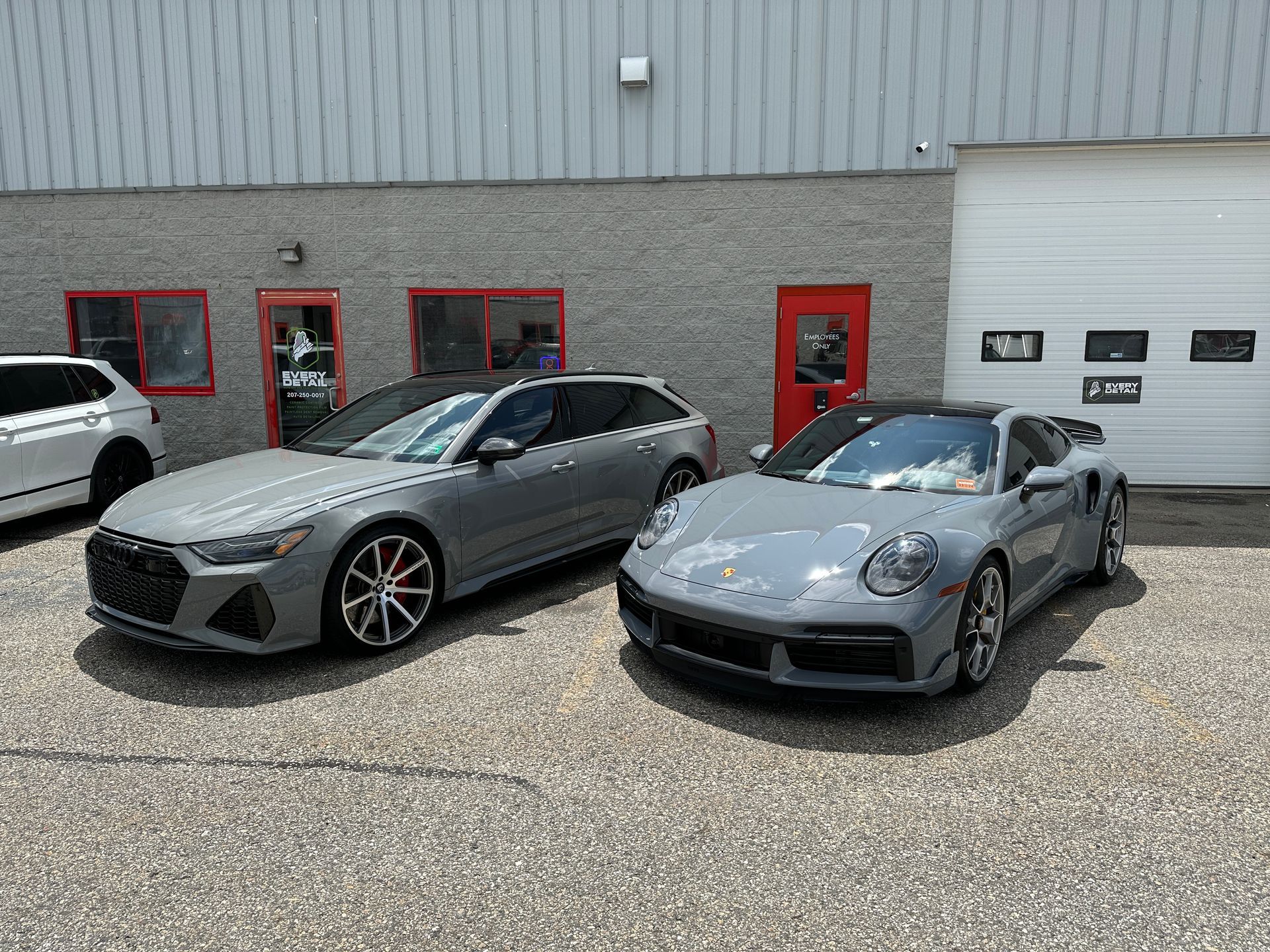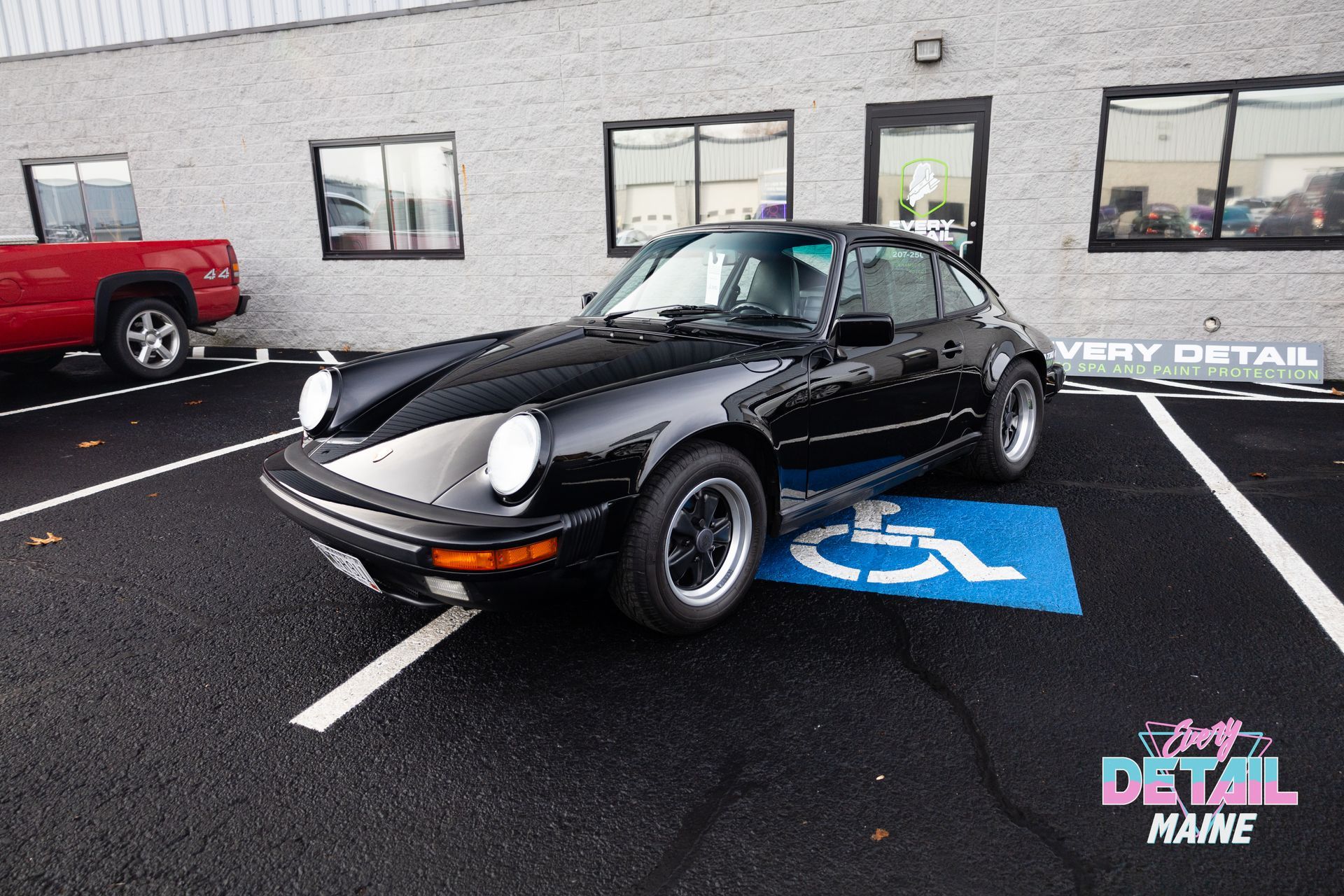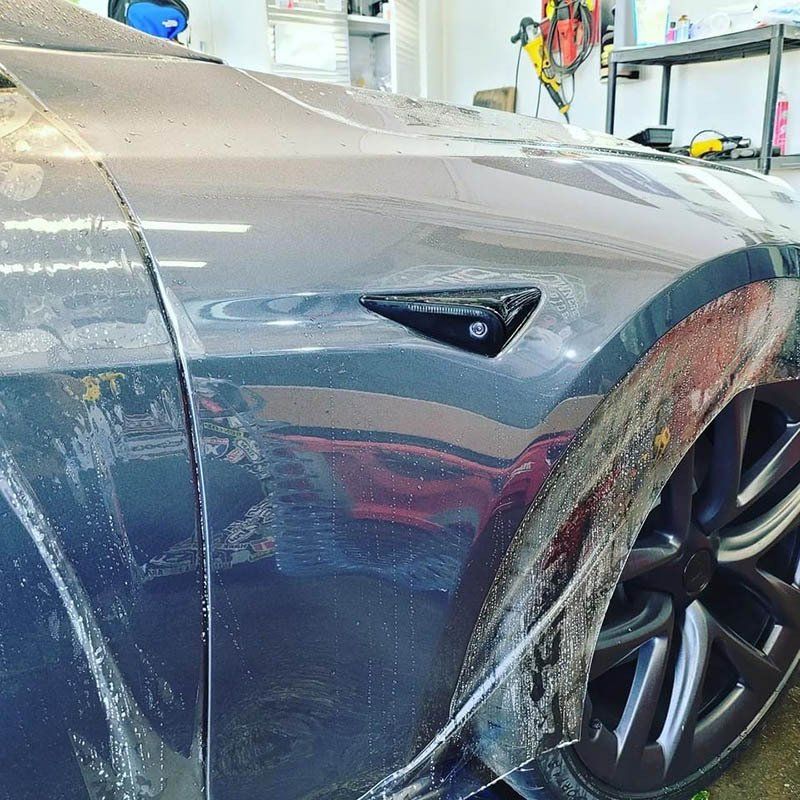Common Mistakes to Avoid When Washing a Car with Paint Protection Film: Expert Tips for Proper Care
When you've invested in paint protection film (PPF) for your vehicle, proper maintenance becomes crucial to protecting that investment. Many car owners unknowingly use washing techniques that can damage this protective layer, leading to costly repairs and compromised protection. With the right approach, you can maintain your vehicle's pristine appearance while ensuring your PPF continues to deliver maximum protection for years to come.
Understanding PPF Care Requirements
Paint Protection Film requires specialized care that differs significantly from washing a standard painted surface. This clear, durable film protects your vehicle's paint from road debris, UV rays, and environmental contaminants, but it can be vulnerable to improper cleaning methods. The most critical period for PPF care begins immediately after installation. Your newly applied film needs 5-7 days to fully bond with your vehicle's surface. Washing during this curing period can disrupt the adhesive bond, causing lifting, peeling, or bubbling that compromises the film's protective capabilities.
Critical Mistakes That Damage PPF
- Using Harsh Cleaning Products: One of the most damaging mistakes is using abrasive or chemical-heavy cleaning products. Standard household cleaners, dish soaps, and aggressive car shampoos can strip away the film's protective properties and damage its surface. These products often contain strong acidic or alkaline formulations that break down the PPF's top coat, reducing its clarity and self-healing abilities. Always choose pH-neutral car shampoos specifically formulated for delicate surfaces. These specialized products effectively clean while preserving the film's integrity and longevity.
- Improper Pressure Washing Techniques: High-pressure water applied incorrectly represents another significant threat to PPF integrity. Direct pressure washing at the film's edges can lift the material away from the paint surface, creating entry points for dirt, moisture, and contaminants. When using a pressure washer, maintain at least 12 inches of distance from the surface and avoid directing the spray at seams and edges. Use gentle, sweeping motions rather than concentrated streams to prevent damage while achieving effective cleaning results.
- Aggressive Scrubbing and Wrong Tools: Using abrasive materials like coarse sponges, brushes, or rough towels can scratch and mar the PPF surface. These scratches may be permanent and cannot be remedied through the film's self-healing properties.
Professional Washing Techniques
- The Two-Bucket Method: This proven technique minimizes the risk of transferring dirt back onto your vehicle's surface. Fill one bucket with clean, pH-neutral soapy water and another with plain rinse water. After washing each section, rinse your wash mitt in the clean water bucket before reloading with soap. This prevents dirt particles from being dragged across the PPF surface.
- Proper Tool Selection: Use only soft wash mitts designed for delicate surfaces. These materials trap dirt particles away from the film rather than dragging them across the surface. Microfiber towels are ideal for drying, but use them with a gentle dabbing motion rather than dragging them across the surface.
- Strategic Washing Approach: Always wash from top to bottom, preventing dirty water and debris from contaminating areas you've already cleaned. Start with the roof and work systematically downward, ensuring that each section receives proper attention without cross-contamination.
Selecting Appropriate Cleaning Products
- Avoid Standard Dish Soap:
Regular dish soap strips away essential protective coatings that enhance PPF's self-healing properties. While effective on dishes, these products are too harsh for automotive protective films and can cause long-term damage.
- Choose Specialized PPF Cleaners: Professional-grade car wash soaps designed for PPF offer superior cleaning while maintaining the film's protective qualities. These products are pH-balanced and often require minimal rinsing, making them both effective and convenient.
Protecting Vulnerable Areas
- Edge Care:
PPF edges are particularly susceptible to damage during washing. Use gentle, sweeping motions that move away from edges rather than across them. Avoid scrubbing or applying direct pressure to these vulnerable areas. Consider applying PPF-safe sealants around edges to create additional protection against moisture penetration and lifting. Regular inspection of these areas helps identify potential issues before they become significant problems.
- Gentle Handling: Treat all areas of your PPF with care, but pay special attention to high-wear zones like the hood, bumper, and side panels. These areas receive the most exposure and require the gentlest handling during cleaning.
Advanced Care and Maintenance
- Proper Waxing Techniques: When applying wax or sealants, choose products specifically formulated for PPF compatibility. Apply these products in small sections using soft foam applicators and circular motions. Allow proper curing time before buffing with clean microfiber towels.
- Long-term Maintenance Strategy: Establish a regular inspection routine to identify potential issues early. Monthly visual inspections can reveal bubbles, lifting edges, or other concerns that require attention. Prompt action prevents minor issues from developing into costly repairs.
- Environmental Protection: Park in shaded areas whenever possible to minimize UV exposure that can cause yellowing or degradation over time. Use car covers for extended storage periods to provide additional protection against environmental contaminants.
When to Seek Professional Help
While proper home care maintains your PPF's appearance and function, professional detailing services offer specialized expertise for complex maintenance needs. Professional detailers have access to specialized tools, products, and techniques that maximize your film's protective qualities. Consider professional services for annual deep cleaning, paint correction needs, or when dealing with stubborn contaminants that resist home cleaning efforts. Professional reapplication may be necessary if your PPF sustains significant damage or reaches the end of its effective lifespan.
Protecting Your Investment
Paint protection film represents a significant investment in your vehicle's appearance and value. Proper washing and maintenance techniques ensure this investment continues to provide maximum protection while maintaining your vehicle's showroom appearance. By avoiding common mistakes and implementing proper care techniques, you preserve both the film's protective qualities and your vehicle's resale value. The time and attention you invest in proper PPF care pays dividends through extended film life, maintained appearance, and continued protection against environmental damage.
Remember that consistent, gentle care produces far better results than aggressive cleaning attempts. Your PPF is designed to protect your vehicle's finish, but it requires your protection through proper maintenance techniques to deliver optimal performance throughout its lifespan.
Premium Paint Protection Film in Portland, ME
From gritty road debris to unpredictable New England weather, your vehicle faces constant threats. At Every Detail in Portland, ME, our
professional-grade paint protection film (PPF) offers the tough, invisible shield your car needs. Precision-installed to fit your vehicle’s contours, this durable film defends your paint against chips, stains, and surface damage while preserving its original finish. Whether you're driving daily or storing a prized ride, PPF is the smart choice for long-term paint preservation.
Book your installation today and give your car the protection it deserves!

